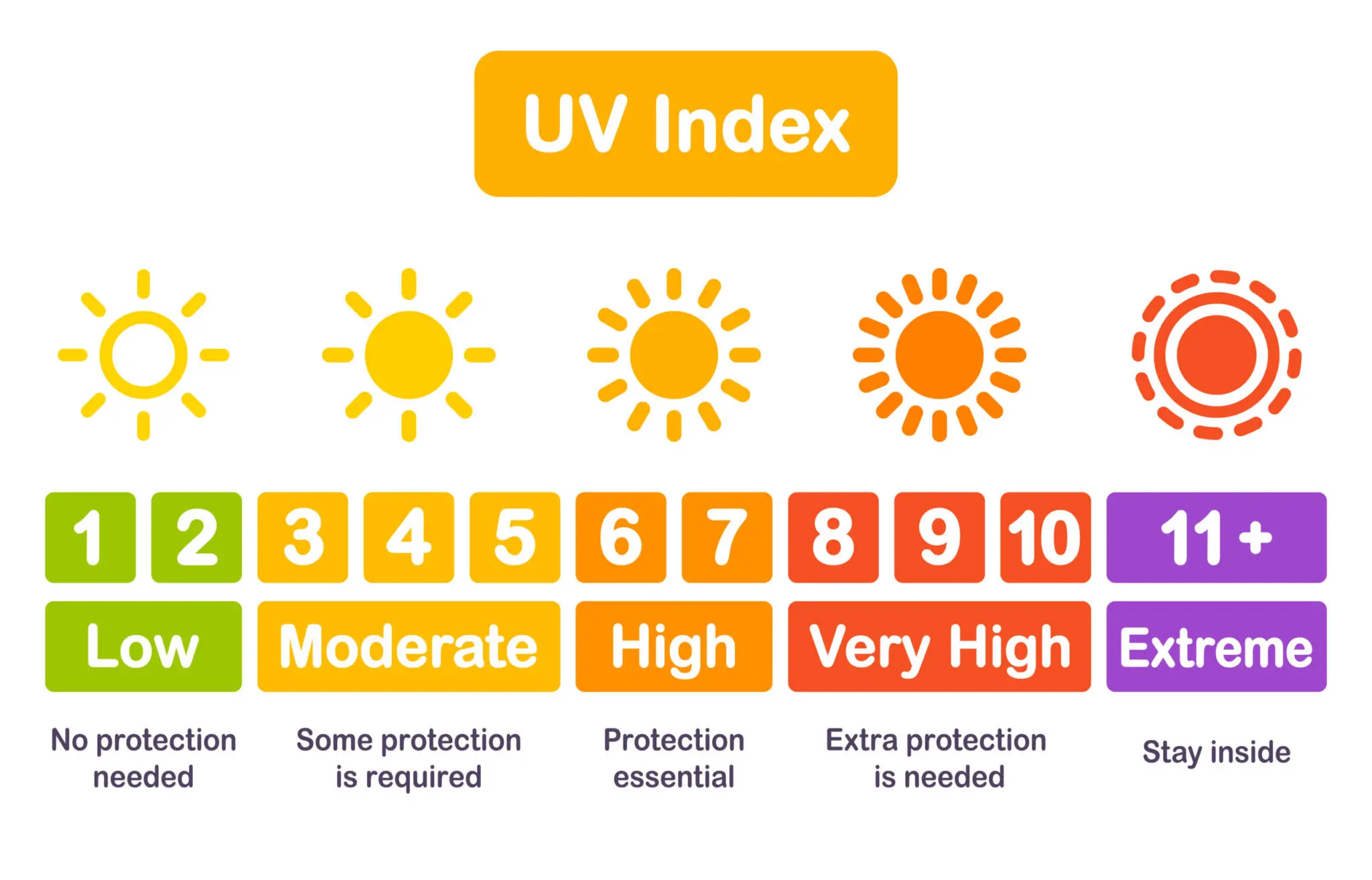UV Index: Demystifying the Terminology
The UV index is a numerical representation of the strength of ultraviolet radiation from the sun. It plays a vital role in assessing the potential harm that UV rays can cause to our skin and eyes. Understanding this index is essential for making informed decisions about sun exposure.
The UV Index Explained
What Does the UV Index Measure?
The UV index primarily measures the intensity of UV radiation at the Earth’s surface. This intensity is influenced by factors like the time of day, geographical location, and atmospheric conditions. The higher the UV index, the greater the risk of UV-related health issues.
UV Index Scale
The UV index is typically measured on a scale from 0 to 11 or more, with higher values indicating greater UV radiation. Each level on the scale corresponds to different levels of UV intensity and potential risks.
- Low (0-2): Minimal risk; sun protection is generally not required.
- Moderate (3-5): Moderate risk; use sunscreen and wear sunglasses.
- High (6-7): High risk; take precautions, such as seeking shade.
- Very High (8-10): Very high risk; limit outdoor activities during peak hours.
- Extreme (11+): Extreme risk; avoid sun exposure from 10 a.m. to 4 p.m.
The Importance of Monitoring UV Levels
Protecting Your Skin
Excessive UV exposure can lead to skin damage, premature aging, and an increased risk of skin cancer. By checking the UV index regularly, you can determine when it’s safest to be outdoors and take appropriate precautions.
Safeguarding Your Eyes
UV radiation isn’t just harmful to your skin; it can also impact your eyes. Prolonged exposure to UV rays can lead to conditions like cataracts and photokeratitis. Sunglasses with UV protection are a must when the UV index is high.
FAQs about UV Index
Q: What is the ideal UV index for outdoor activities? A: It’s best to engage in outdoor activities when the UV index is low, ideally below 3, to minimize UV-related risks.
Q: How can I check the UV index in my area? A: You can easily find the UV index for your location by using various weather apps, websites, or even your smartphone’s weather feature.
Q: Can cloudy days affect the UV index? A: Yes, UV radiation can penetrate clouds, so even on cloudy days, it’s essential to check the UV index and take precautions accordingly.
Q: Are there any natural ways to protect against UV radiation? A: Wearing protective clothing, seeking shade, and applying sunscreen with a high SPF rating are effective ways to naturally protect yourself from UV rays.
Q: Is the UV index the same worldwide? A: No, the UV index varies depending on your geographical location, time of year, and altitude. Always check the index specific to your area.
Q: Can UV exposure be harmful during winter? A: Yes, UV radiation can still be significant in winter, especially at high altitudes or in areas with reflective surfaces like snow. Don’t underestimate UV risks in colder months.
Conclusion
Understanding the UV index is pivotal for maintaining good health and well-being. By staying informed and taking appropriate precautions based on the UV index, you can enjoy the sun safely and protect yourself from the potential harm of UV radiation.
Don’t forget to regularly check the UV index in your area and adjust your outdoor activities accordingly. Stay safe and enjoy the sunshine responsibly!
